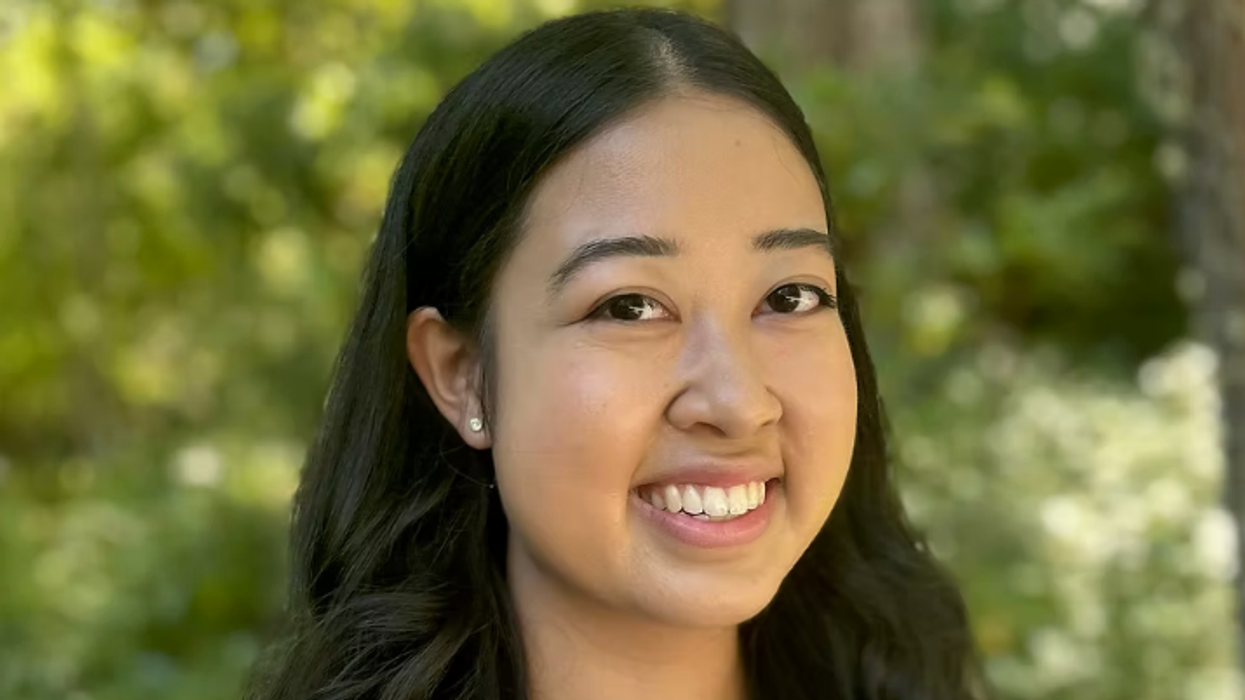In the first entry of this three-part series on leaders in community development and philanthropy, we focused on why and how this crucial field needs to reframe the role of capital technicians and the market, rebalance power relationships, and prioritize community voice. Today we continue that discussion.
Shifting the Balance of Power
It’s one thing to identify new core principles; it’s another to put them into practice. No single institution can rebuild a community. The work requires collaboration among actors with a broad range of skills and perspectives. CDFIs must work hand in hand with community development corporations and other neighborhood groups, placing an emphasis on equality in the power dynamics among partners. Human-service organizations need to participate as well. Philanthropy and the public and private sectors also play a critical role.
As the field has evolved over the past 40 years, some players have gained more influence and funding than others, despite the important role each plays. CDFIs have come to exert disproportionate influence in community development efforts because they control capital deployment and infrastructure investing.
As we have noted above, the CDFI model brings both strengths and weaknesses. It has achieved scale, having deployed hundreds of billions of dollars. It has developed supportive federal legislation and resources that amplify its voice in any social-policy conversation. The field now covers a substantial share of its operating costs—a development that will lead to a more sustainable platform for the future. Yet, to achieve scale and influence, CDFIs have often constrained their products and offerings, limited customization and risk-taking, and formalized operating procedures, all of which work against creativity and flexibility.
Because of their scale, CDFIs currently have a powerful, even dominant, voice in shaping community strategies. But to operationalize the principles we introduced above, we must shift the power balance among the players in community development. We need to make room at the table for other voices. One crucial way to do this will be through community investment partnerships that put strategy in the hands of community residents and organizations while reserving a technical role for CDFIs.
This is not only possible—it is happening across the country. We began this article with the story of CORE’s work in the Boyle Heights neighborhood of Los Angeles. Let us now turn to two more examples to flesh out the new community-driven model and demonstrate how these new principles are shaping community development for the better and transforming its work.
Lift to Rise and the Housing Catalyst Fund
We Lift, Coachella Valley’s Housing Catalyst Fund, offers a compelling model for how to shift the power balance in community development. The Housing Catalyst Fund is a partnership among Lift to Rise (LTR), a community-based organization working to increase housing stability and economic mobility in California’s Coachella Valley; two CDFIs, the Low Income Investment Fund (LIIF) and the Rural Community Assistance Corporation (RCAC); and Riverside County. The partnership was carefully structured to rebalance power between community voice, as represented by LTR, and the capital investment expertise of the two CDFIs.
In 2018, LTR held listening sessions across the Coachella Valley to develop a set of shared priorities and strategies for the region. With the help of the Center for Community Investment ’s Connect Capital initiative, LTR used the input residents provided in the listening sessions to establish the bold goal of creating 10,000 new affordable homes in the area over the next 10 years. This goal was especially radical because only 259 affordable housing units had been built in Coachella Valley between 2012 and 2017.
Achieving this goal would require a $100 million capital fund. To raise that kind of money, LTR would need to work with CDFIs, so the organization invited LIIF and RCAC to partner with it on a new Housing Catalyst Fund.
The conventional way CDFIs raise such funds is by pledging their own balance sheets and serving as capital-raising agents. But that approach puts their own organizations at risk and forces them into the conservative parameters necessary to ensure their self-sufficiency and sustainability. It also transfers most of the power within a community development partnership to the CDFI.
LTR adopted an entirely different model. It raised $17 million from the state of California and Riverside County to provide protection against losses for the CDFIs. Even more important, LTR retained these funds on its own balance sheet, rather than ceding control of them to the CDFIs. In this way, LTR enabled its CDFI partners to take on the higher risk of working in a weak, underdeveloped market area and retained community control of the Housing Catalyst Fund’s vision and strategy.
While it has delegated lending and portfolio management authority to its CDFI partners, LTR manages the strategic direction and performance of the fund and has the power to replace the CDFIs, if necessary.
LTR has also used its authority to further engage Coachella Valley residents and local organizations in the fund’s work. It established a Community Advisory Committee (CAC) to steer the fund’s direction. The CAC meets quarterly to review and assess the fund’s performance against a set of criteria that ensure capital deployment aligns with community priorities. By controlling the risk-absorbing capital in community investment deals, LTR has also been able to shift the balance of power to determine the fund’s strategic direction from the finance side to the community side on an ongoing basis.
Today, Coachella Valley’s nascent housing market is responding to residents’ primary needs and is well on its way to vitality. Since 2017, 2,007 new housing units have been built, and another 5,700 are in the pipeline. The Housing Catalyst Fund has deployed more than $35 million to support these projects. The CAC meets regularly to shepherd the strategic direction of the fund’s work, and LTR’s CDFI partners provide the technical expertise needed to invest their capital resources.
Tomorrow, in the third of this three part series, we will explore another example and discuss the leadership needed to be successful.
Fukuzawa is a strategic advisor and former managing director at the Kresge Foundation. Andrews is a fellow at Stanford University’s Distinguished Careers Institute and former president and CEO of the Low Income Investment Fund. Steinitz is a writer and a communications and learning consultant for schools and nonprofits, including the Center for Community Investment.
This article was first published in the Stanford Social Innovation Review. Read the original article































